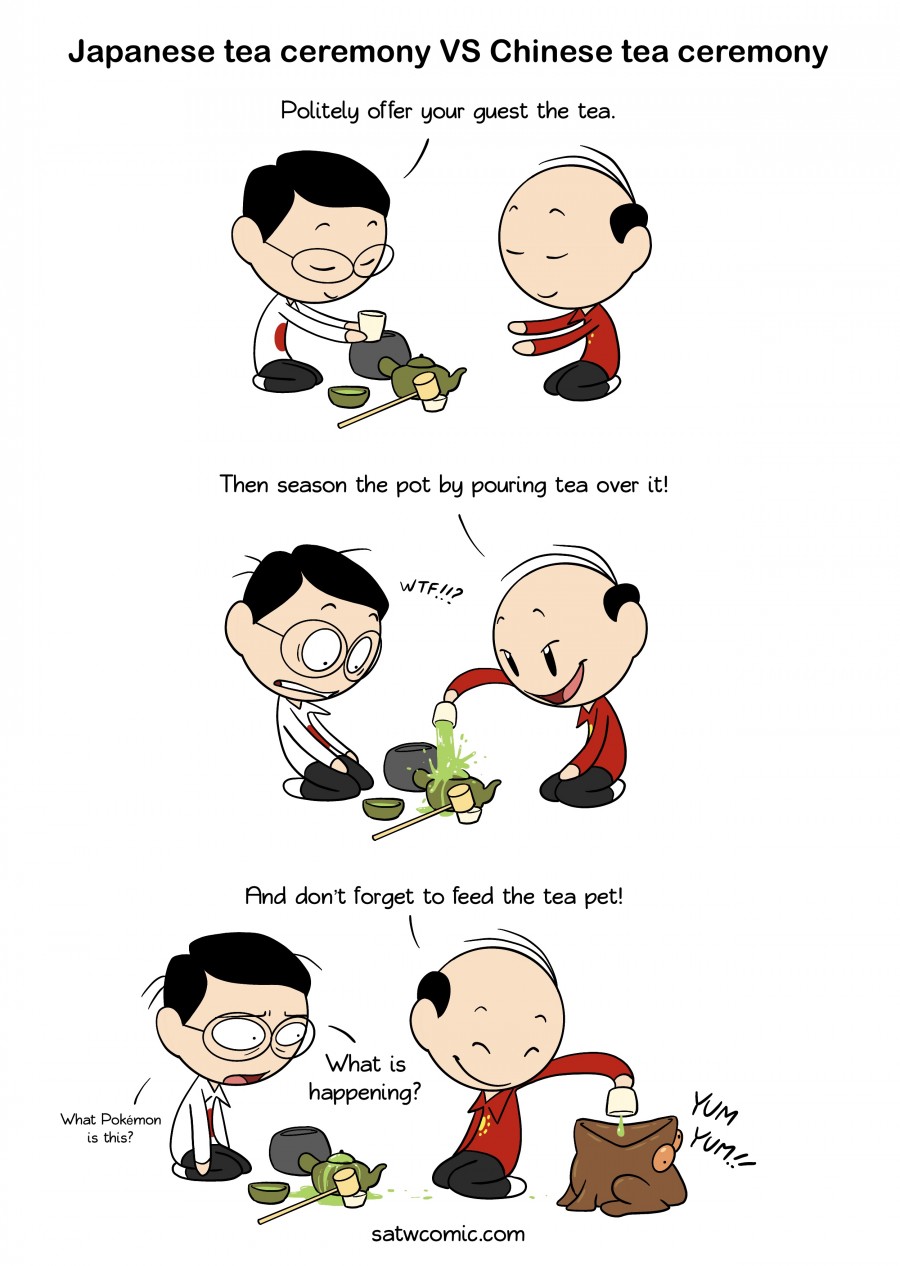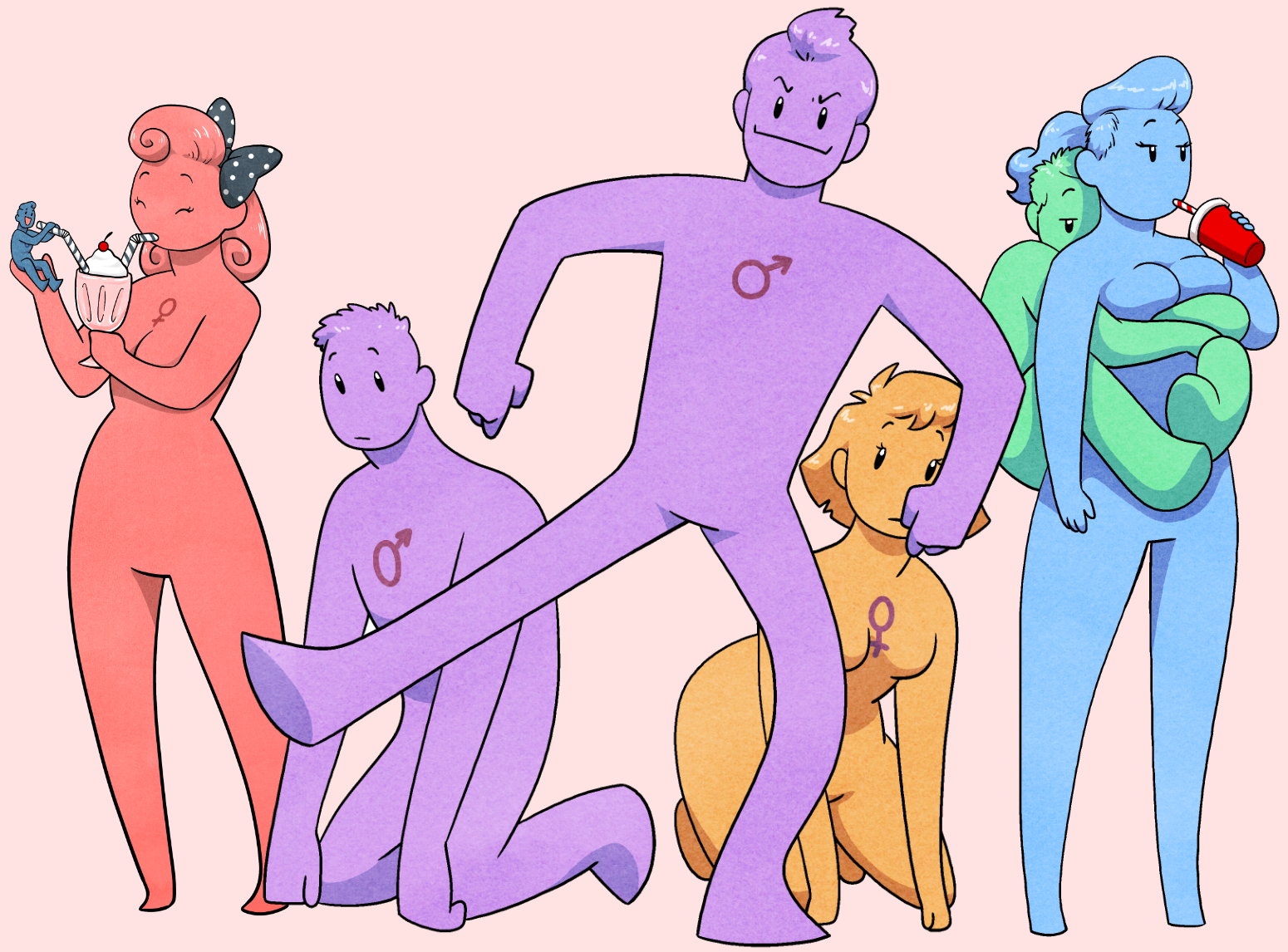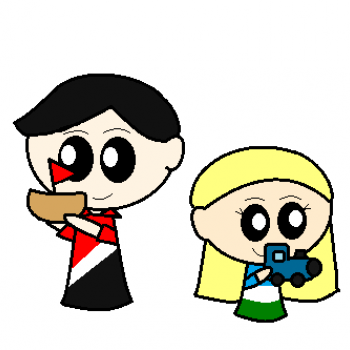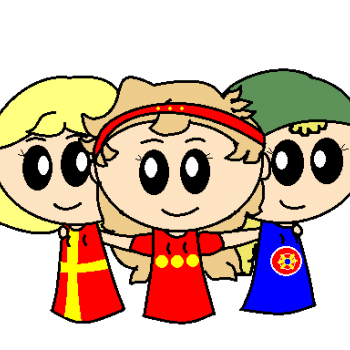4 years ago #9869740
5
0
Ok China is actually really cute and funny in this one
Japan has some weird things but even this he's like wtf?
Japan has some weird things but even this he's like wtf?
3 years ago #9874947
2
0
I love the expression on the tea pets face I hope it becomes a reoccurring character like the beer ghost.
4 years ago #9869866
2
1
For some reason I think that China is going to eat this frog after all. Although maybe he`ll do it with France : )
6 months ago #9889474
1
0
ohh china how i miss you.... not a day goes by where i dont wish for your return </3
Add comment: Please Sign in or create an accout to comment.




 Support the comic on
Support the comic on 




















317